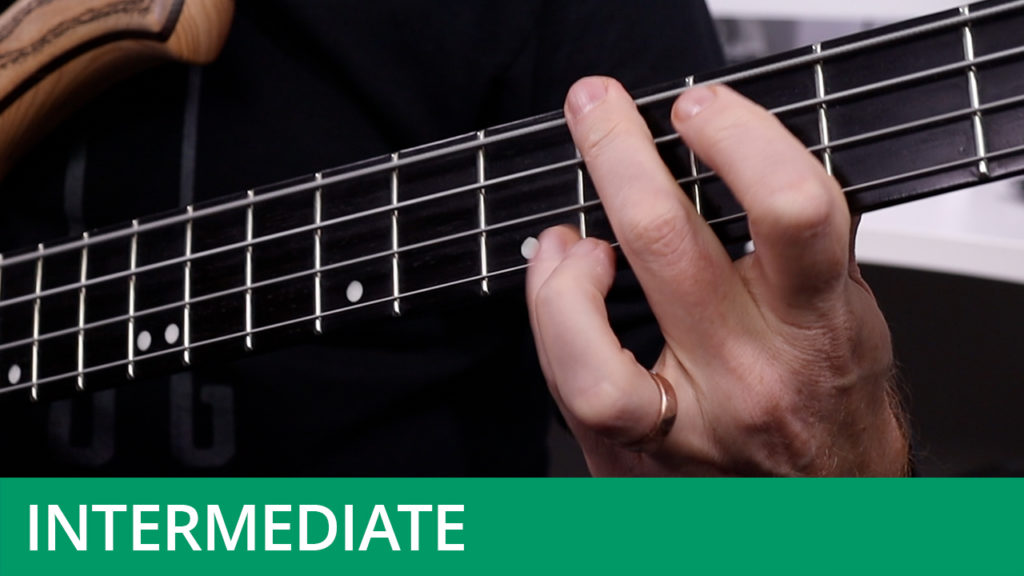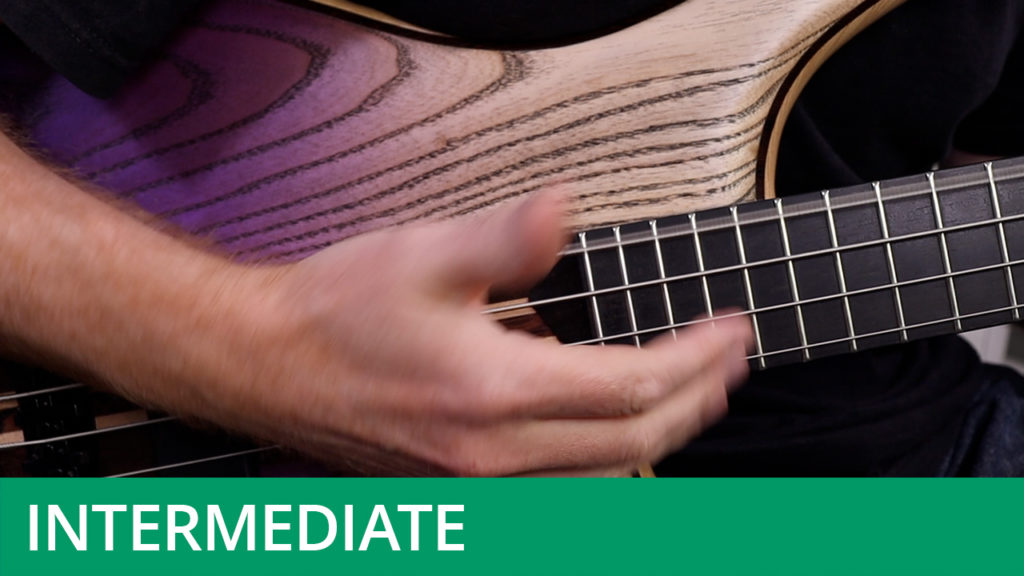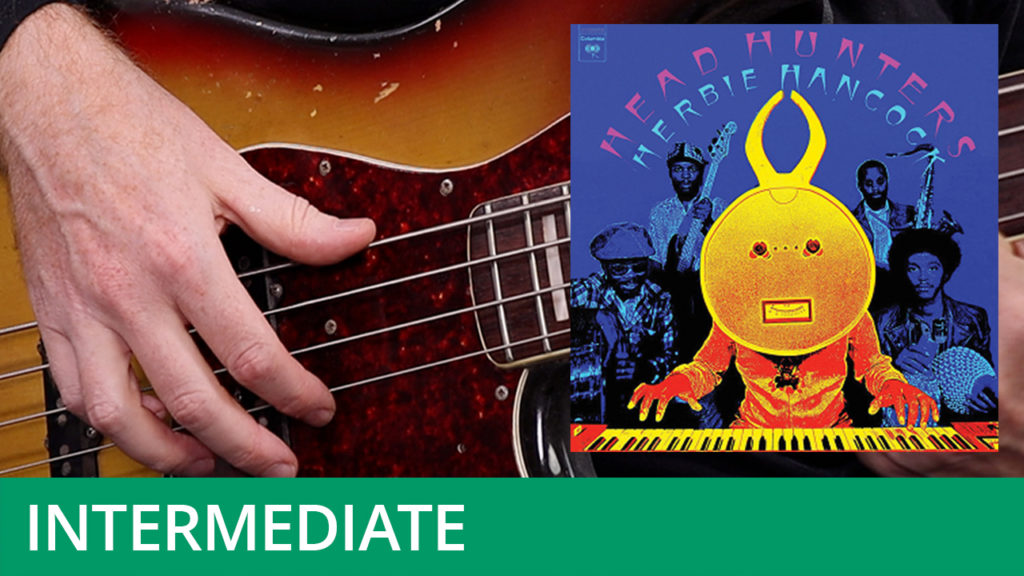Slap Bass – Introducing Tenths
Course Duration: 35 Minutes | Difficulty Level: 3
Tenths are a very popular musical device for bass players to use as they help to clearly define harmony. Tenths are by no means limited to slap bass, and you’ll find a use for them in all areas of your playing. When playing slap bass grooves, tenths are often used in place of octaves. This course covers tenth intervals in detail and examines how they can be applied when using the slap bass technique. This course will cover both fretted and open string tenths.
Don’t forget to hit the Download Resources button above in order to download the PDF worksheet and audio files for this course (available to subscribers only). The worksheet is available with TAB and without, for those who wish to give their reading skills a workout.




